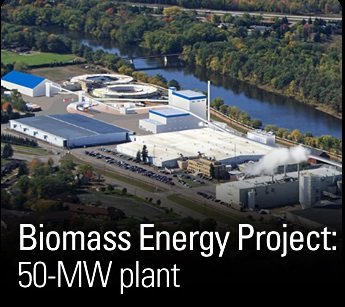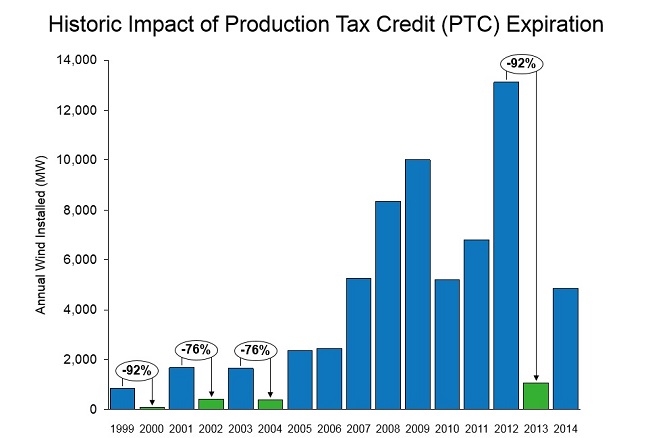In the summer of 2010, Greenfield Advisors advised Wisconsin Electric Power Company (WE Energies) in its successful proposal to build a biomass-fueled cogeneration facility in the Village of Rothschild, Wisconsin. WE Energies needed to acquire a zoning variance to construct the 198 foot-tall building and 265-foot boiler stack in an area zoned for maximum 65-foot structural height. (Notably, the obsolete boiler that would be replaced by this facility already had a 150-foot stack, which would be removed). We were asked to determine whether the project would cause a substantial detriment to adjacent properties and if it would be in the public interest.
Economic sustainability was a key focus of this project. The proposed facility would be on the grounds of the existing Domtar paper mill in an industrial area of the village and would increase the likelihood that the mill would continue to operate, thus preserving both direct and indirect jobs in the community as well as the local tax base. The facility would use wood chips and other wood waste products, collected mainly from local forests and the paper mill, as a fuel source to generate heat and electricity. It would generate 50 megawatts of renewable energy and supply steam to the mill, increasing the efficiency and competitiveness of the mill.
We used four methods to evaluate the project: literature review, contingent valuation (CV) analysis, case studies, and interviews of assessors and other real estate professionals in other communities where biomass plants had recently been constructed. We specifically researched the quantity of truck traffic, plant-related noises, changes to the viewscape, and potential changes to air quality. We were able to quantify all of these effects in rendering our determinations.
Dr. Clifford A. Lipscomb managed the project and designed and supervised the Web-based CV survey. The CV survey results showed that the proposed facility would not substantially affect the price that respondents would expect to pay for a home similar to their current home within 0.5 mile of the plant. The state-of-the-art CV survey led Dr. Lipscomb to publish an article on the project in the peer-reviewed Journal of Property Investment and Finance in 2011.
After considering all of the evidence, we concluded that the project would not cause a substantial detriment to adjacent properties, was in the public interest, and met all requirements for a zoning variance. In August 2010, WE Energies obtained the variance; project construction began in June 2011, and commercial operation of the facility commenced on November 8, 2013. As expected, the project created over 400 temporary jobs during the 2.5-year construction process and approximately 150 permanent support jobs (such as loggers and truckers).
Image courtesy of Wisconsin Energy Corporation.






Recent Comments